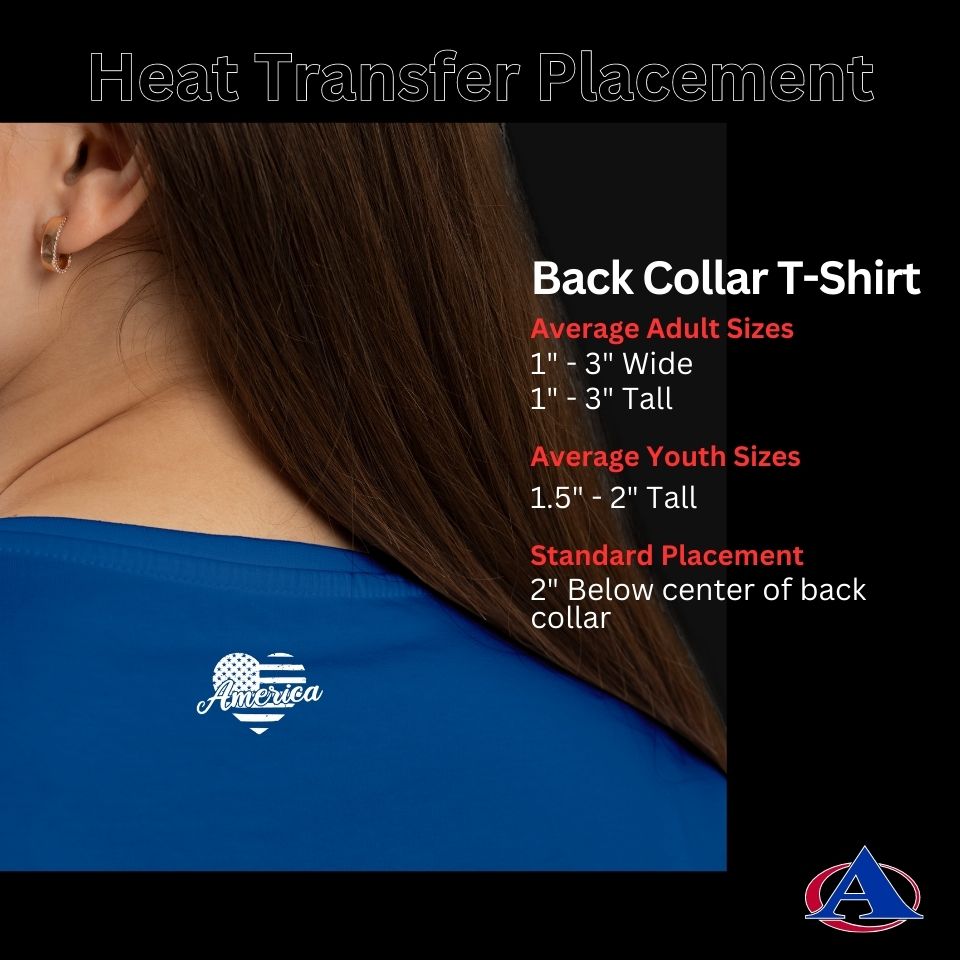Raster vs Vector | Raster Art Files: Understanding the Basics
What is a raster art file?
A raster art file, or bitmap image, is a digital image composed of tiny rectangular pixels. Each pixel is assigned a specific color, and when viewed together, these pixels form a cohesive image.
Which types of files are raster files?
Raster files include JPEGs, GIFs, PNGs, and BMPs. These file types are often used for complex images, such as photographs, where a wide range of colors and tones is necessary.

Can I print from a raster art file?
Yes, you can print from a raster art file. However, the quality of the print greatly depends on the resolution of the image file, especially when resizing is involved.
Decoding File Resolution
What does file resolution mean?
File resolution refers to the number of pixels contained within a specific area of an image, often measured in pixels per inch (PPI) or dots per inch (DPI). Higher resolution images contain more pixels and offer more detail and clarity, which is particularly important for printing purposes.
What file resolution is considered usable for printing a heat transfer?
A resolution of at least 300 DPI or PPI is generally recommended for printing heat transfers. This ensures that the printed image will be clear and sharp, even when viewed up close.
What will happen if my file resolution is lower than the recommended size?
If your file resolution is lower than the recommended size, the printed image may appear pixelated or blurry. This is because there aren’t enough pixels to provide a clear and detailed representation of the image, especially when printed at larger sizes.
How can I make my low resolution art file print clearly?
To improve the print quality of a low resolution art file, you may consider resizing the image, increasing its resolution, or converting it into a vector file. However, it’s best to start with a high resolution file whenever possible to preserve the highest level of detail and clarity.

Vector Art Files: The Key to Scalability
What is a vector or vectorized art file?
A vector art file uses mathematical equations to represent images. These equations describe lines and shapes in the image, allowing the image to be resized without any loss in quality. This is significantly different from raster files, where resizing can lead to a loss in image quality.
What is the advantage of using a vector file when printing heat transfers?
The primary advantage of using a vector file when printing heat transfers is scalability. With vector files, you can scale your design up or down as needed without losing any image quality. This makes vector files ideal for heat transfers, where designs often need to be adjusted to fit different garment sizes.

How are vector art files made from raster art files?
Converting raster art files into vector art files is a process known as vectorization. This can be done using software like Adobe Illustrator or CorelDraw. During vectorization, the software traces the raster image and uses mathematical equations to recreate the image as a series of lines and shapes.
How long does it take to order a vectorized art file?
The time it takes to order a vectorized art file can vary depending on the complexity of the image and the service used. However, it typically takes between 24 to 48 hours.

Ordering a Vectorized Art File
When you’re ready to order a vectorized art file, the process is straightforward. The Apex Transfers art team is ready to help! Start by visiting their website or platform and upload your raster file. Specify your desired final print size during the order process. This is an important step because it informs the technicians how to accurately scale your image during vectorization.
For example, if your final print size is 10×10 inches, they will create a vector file that maintains sharp, clean lines at that exact size. Once you submit the information and your original file, the Apex team will begin the vectorization process.
They’ll use software like Adobe Illustrator to trace your raster image, replacing pixels with mathematical equations that allow for easy and clear resizing. After the conversion, you will receive your new vector file ready for heat transfer printing.
Conclusion: Raster vs Vector for Heat Transfers
When it comes to creating art files for heat transfers, understanding the key differences between raster and vector files is crucial. Raster files, composed of pixels, are versatile and great for complex images, but can suffer from quality issues when scaled up or down. On the other hand, vector files, built with mathematical equations, allow for infinite scalability without losing image quality, making them ideal for heat transfers.
Remember, the best practices start with high-resolution files and mindful attention to the specific requirements of your design and print process. By taking these into consideration, you’re on your way to creating stunning, high-quality heat transfers every time.
Read more about this and other helpful information on Medium!



